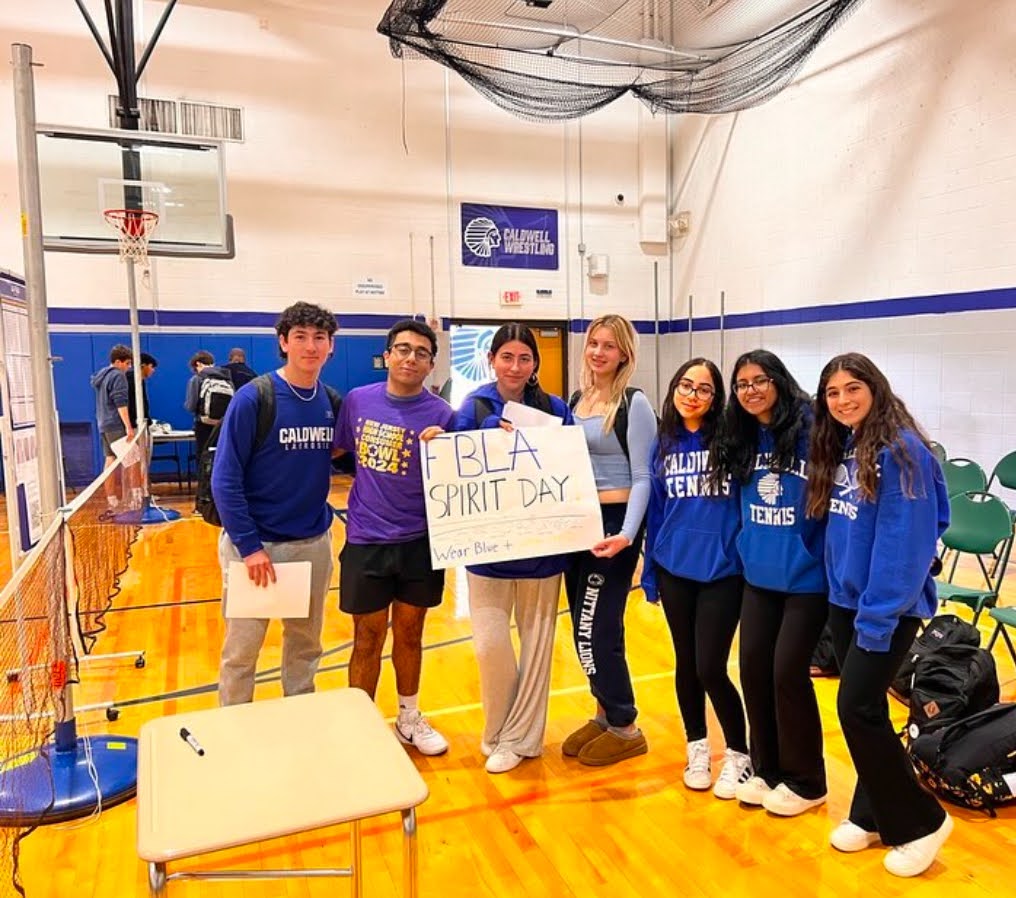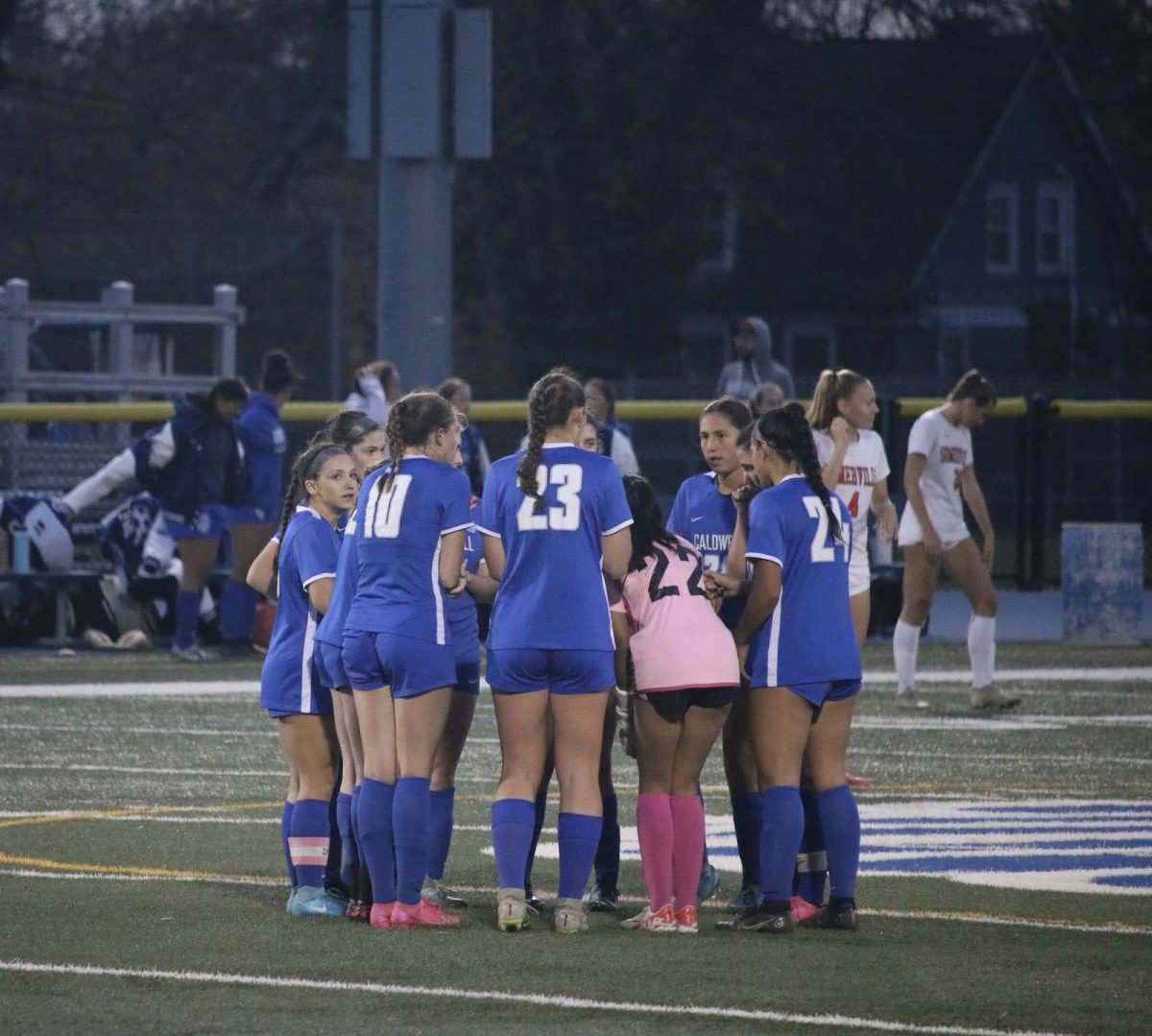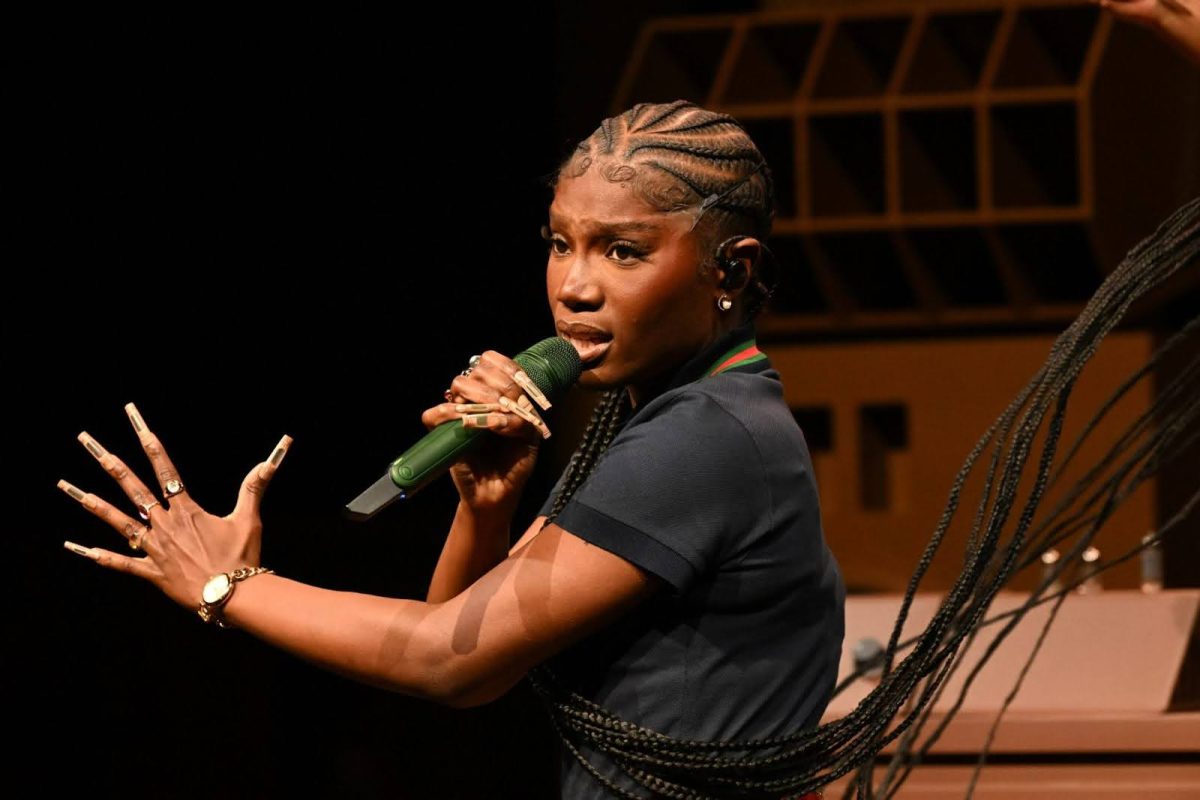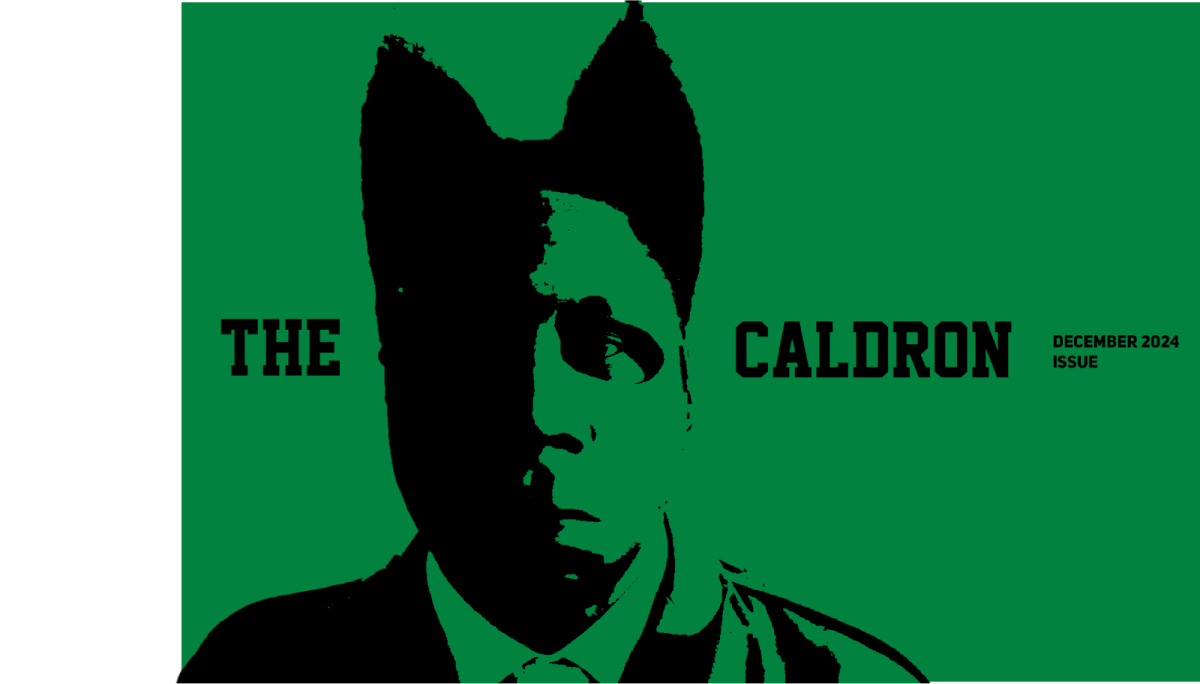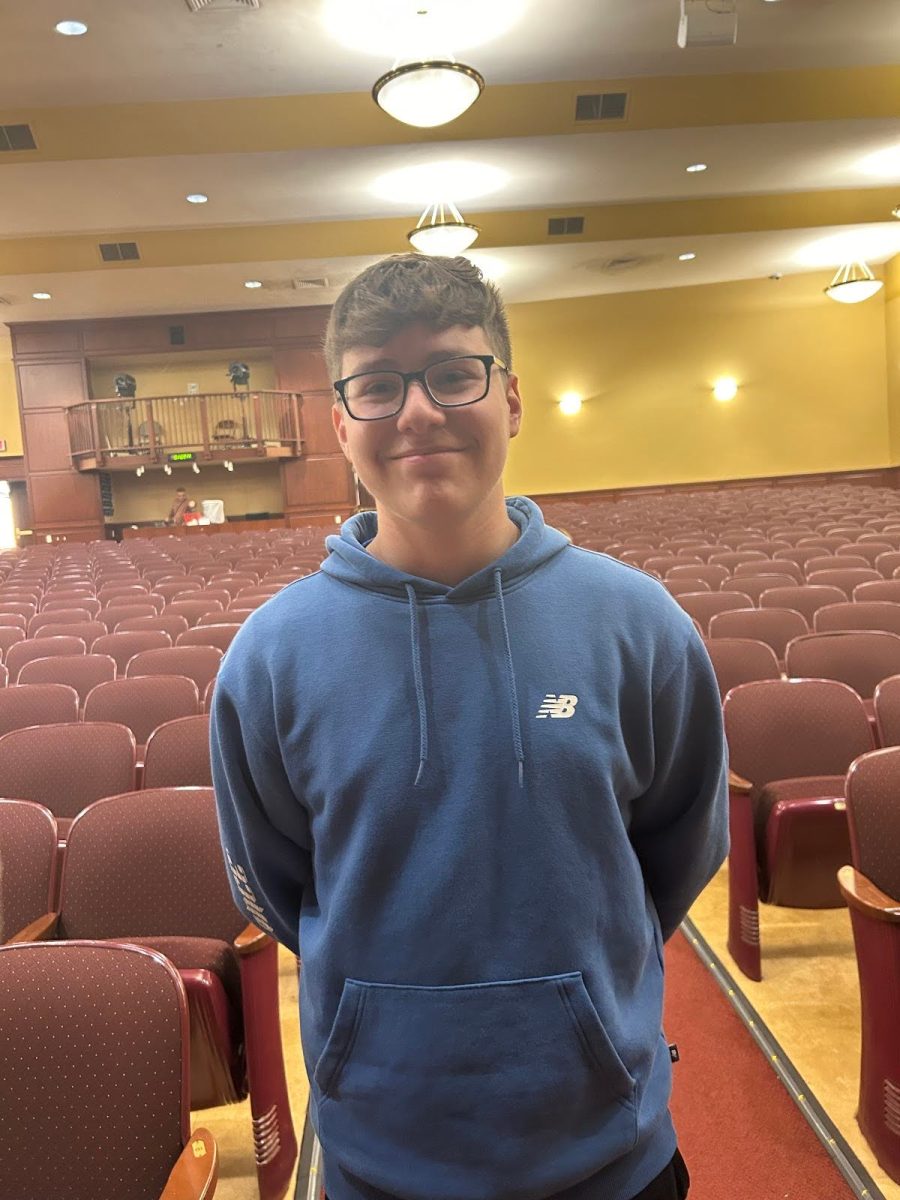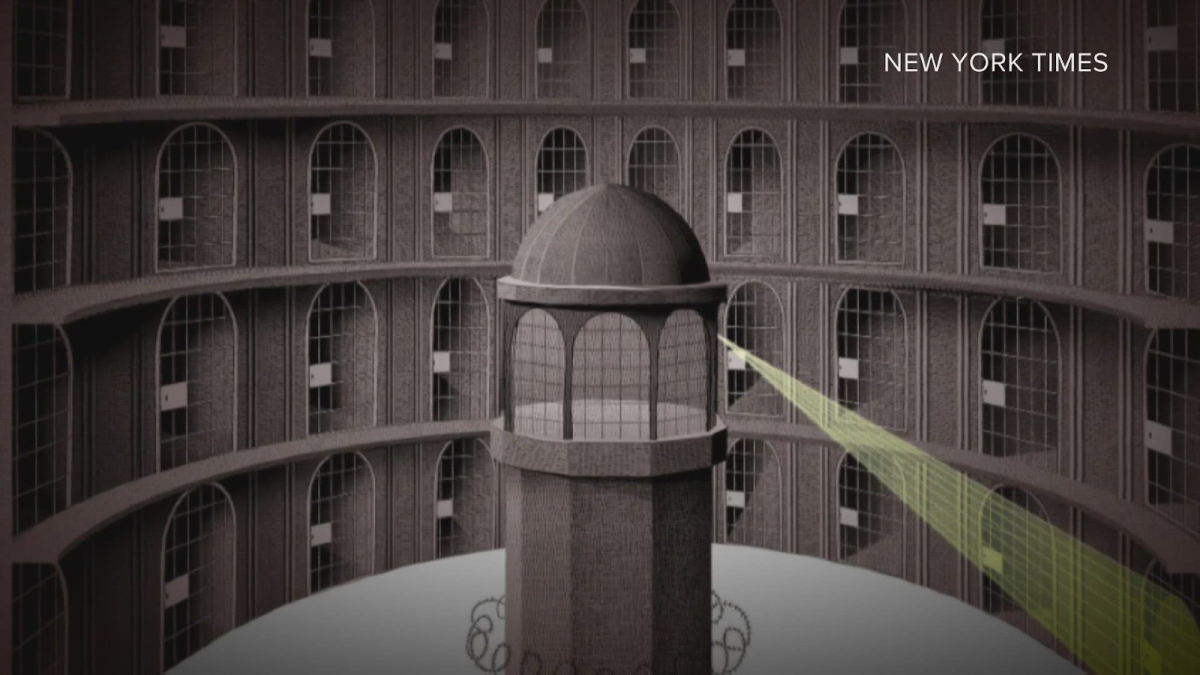
Although the future seems to be looking more promising for Americans, with the roll out of Pfizer and Moderna vaccines across the country, this is not the case for many other nations around the world. In particular, India is experiencing one of the world’s worst second waves of the coronavirus. Even though the nation seemed to have gained control over the virus in February, their grasp did not last for long. For the past 10 days, the number of daily cases has been increasing steadily, and the nation’s capital, New Delhi, has been hit especially hard. Just this Monday, India broke the record for the, “highest single-day figure globally,” (cnn.com) when 352,991 new cases were reported. India has now totalled 17,997,113 cases and 201,187 deaths.
While these statistics are jarring enough on their own, we must remember the people that are represented by the numbers. With overcrowded hospitals, many have been unable to obtain the care that they or their loved ones require, only adding to the number of deaths. The country is experiencing shortages in medical supplies and also oxygen supplies, something that thousands are in dire need of. When citizens seek aid, they find the clinics are overrun and ICU beds are scarce.
As the deaths continue to rise, the nation has resorted to mass cremations throughout the day and night. Families can be seen dressed in protective clothing and gathered around funeral pyres at these mass sites. They perform last rites, a ceremony that is normally private, surrounded by dozens of other people, all doing the same for their loved ones.

So how did the crisis reach this point? While the cases were down in February, they accelerated quickly beginning in late March. Experts say that the nation was not prepared for a second wave, believing that the worst was over, and this contributed to the severity of the situation. India’s Prime Minister Narendra Modi was slow to address the situation and leadership throughout the central government did not immediately respond to the problem either.
Some scientists also attribute the outbreak to the fact that an increasing number of young people are becoming infected. Unlike the first wave India experienced, young adults, children, and even babies are fighting for their lives against Covid. India has also reported a new variant that has corresponded with areas experiencing major outbreaks. The Public Health Foundation of India has reported that, “Any protection against the earlier variant is not really useful because of the newer variant spreading faster.” And although the nation set a goal to vaccinate 300 million by August, they have been slow to administer doses. Currently, 140.9 million doses have been given (Health Ministry of India).

